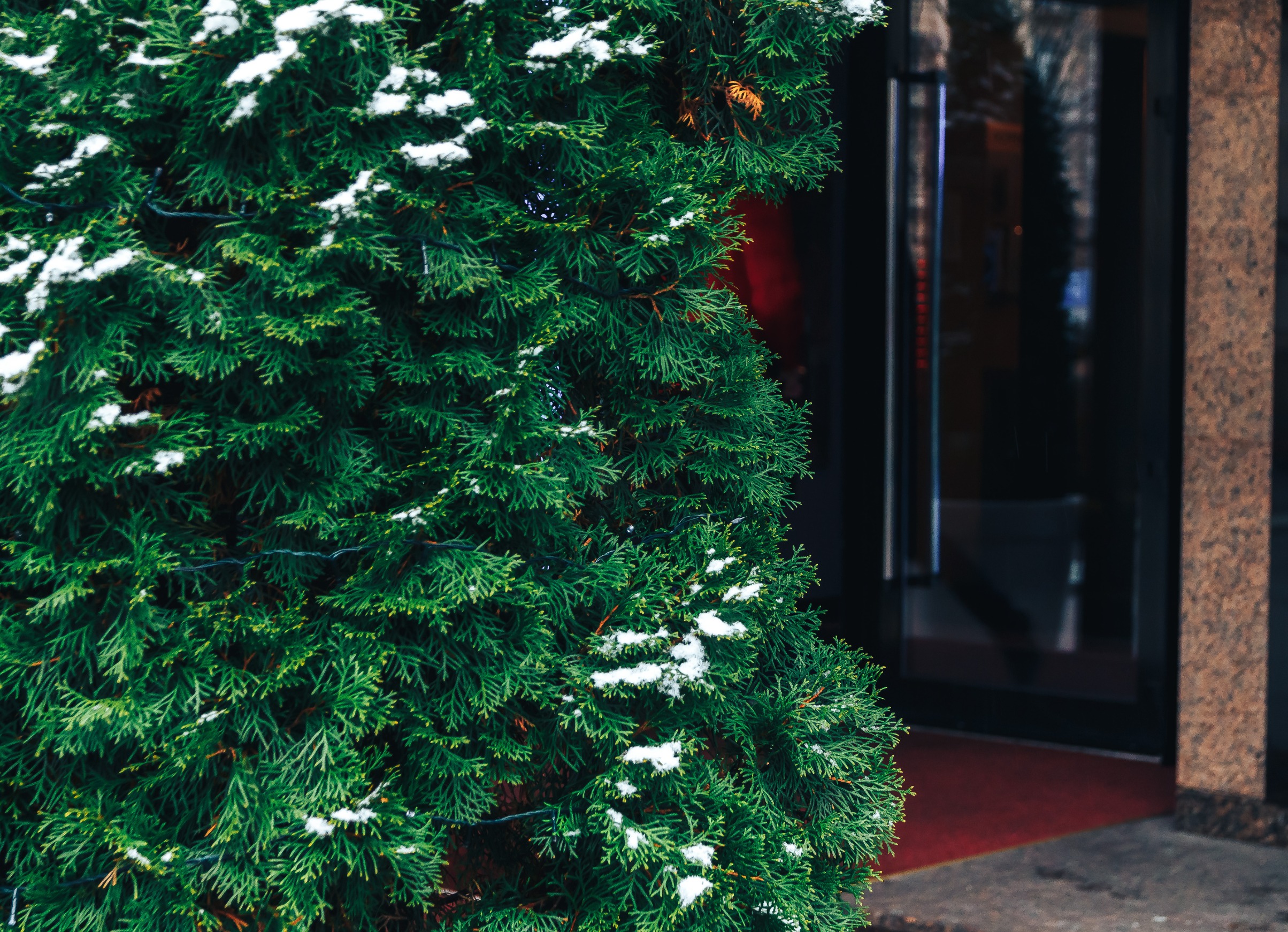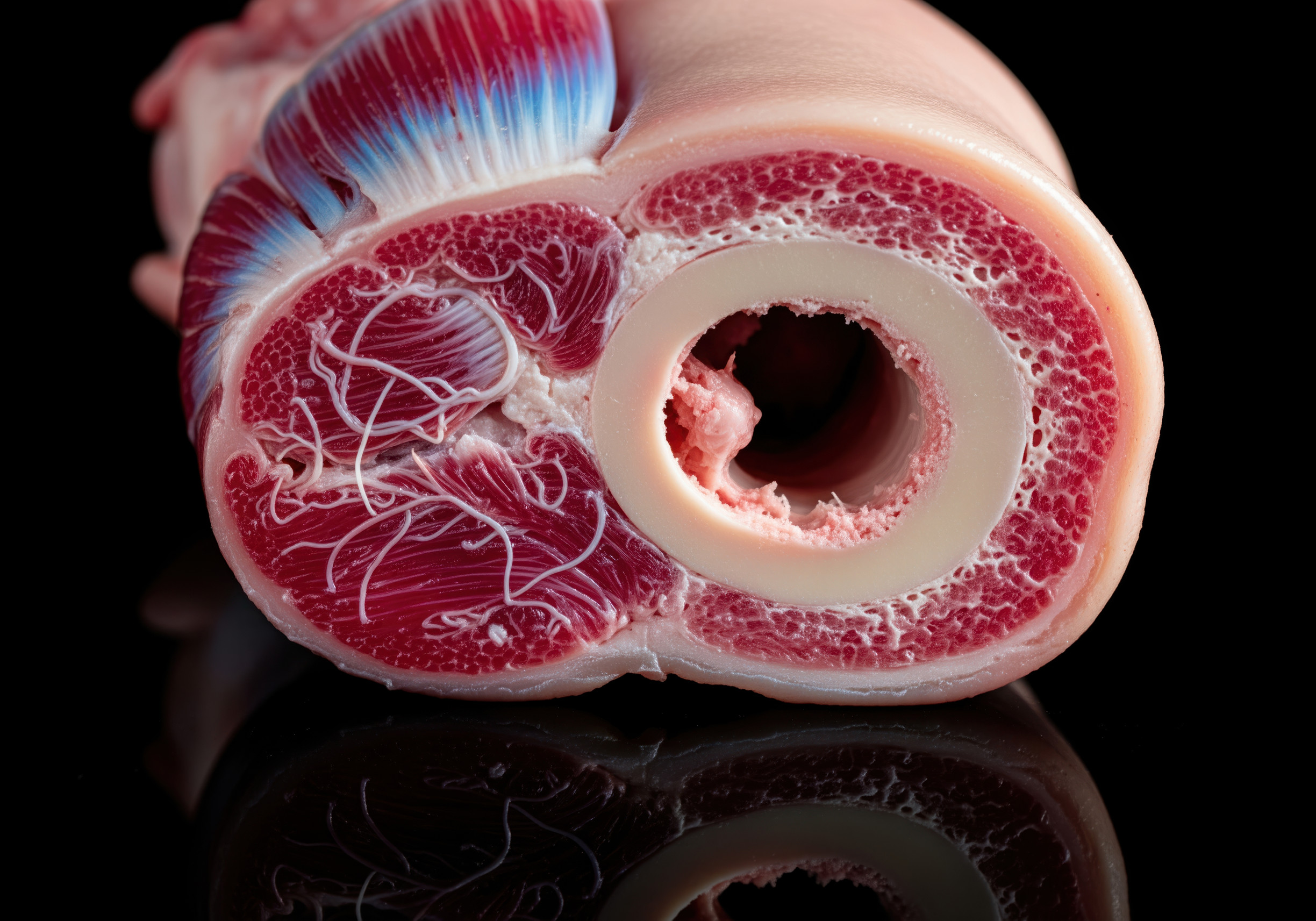BY THE OPTIMIST DAILY EDITORIAL TEAM
If your holiday cheer comes with a side of sneezing, you might be dealing with Christmas tree syndrome. While the name sounds whimsical, the symptoms are anything but: think itchy eyes, congestion, or even asthma flare-ups. But don’t worry—you don’t have to kick your tree to the curb just yet.
“Most people aren’t allergic to the tree itself,” explains Dr. Kara Wada, an allergist at Ohio State University Wexner Medical Center. Instead, it’s the mold, dust, and pollen hitching a ride on your festive fir that’s likely to blame.
Here’s everything you need to know about Christmas tree syndrome, from spotting the signs to keeping your holiday allergen-free.
What exactly is Christmas tree syndrome?
Christmas tree syndrome is a collection of allergy symptoms triggered by natural Christmas trees—or, in some cases, seasonal plants like holly and fir. It’s not an official medical diagnosis, but the term gained traction after studies revealed how allergens lurking on trees can cause discomfort.
While anyone can experience these symptoms, people with existing allergies, asthma, or hay fever are more susceptible. “Mold is the top cause of Christmas tree–induced respiratory allergy symptoms,” says Dr. Wada. Mold spores, which thrive in damp conditions, can latch onto bark and branches before making their way into your home.
Symptoms to watch for: from sneezes to skin reactions
If you’ve ever wondered why you start sniffling when the tree goes up, Christmas tree syndrome might be the culprit. Common symptoms include:
- Sneezing or coughing
- Nasal congestion
- Wheezing or shortness of breath
- Itchy, watery eyes
- Fatigue or headaches
- Skin reactions, like rashes or itchy bumps, are also possible, particularly for those with sensitive skin.
Why your tree might be triggering allergies
Christmas trees come with hidden allergens, and they’re not just limited to mold:
- Mold spores: a single tree can carry over 50 types of mold, which continue to grow indoors.
- Dust: even artificial trees can become dusty in storage, irritating sensitive airways.
- Pollen: pine pollen may be present, although it’s less likely to be a primary trigger.
- Volatile Organic Compounds (VOCs): the fresh pine scent you love? It’s caused by VOCs like pinene, which can irritate sensitive individuals.
- Tree sap: the sticky rosin in the sap can cause skin irritation, much like poison ivy.
How to keep the joy but ditch the itch
There’s good news: with a few precautions, you can enjoy your Christmas tree without the sneezes.
- Give your tree a bath: “hose down the tree outdoors and let it dry completely before bringing it inside,” suggests Dr. Wada. This removes some mold and pollen.
- Cover up: wear gloves and long sleeves while decorating to avoid sap and needle irritation.
- Use an air purifier: place your tree in a well-ventilated area and use an air purifier to minimize allergens in the air.
- Don’t keep it too long: experts recommend keeping your tree for one to two weeks max to reduce mold growth indoors.
- Consider an artificial tree: if allergies persist, switching to an artificial tree might be the way to go.
When to call in the experts
If your symptoms don’t improve or worsen despite these measures, it might be time to see an allergist. Treatments like antihistamines, decongestants, or corticosteroid creams for skin reactions can provide relief. For those with asthma, inhalers or other prescribed medications may be necessary.
“Your healthcare provider can help identify the specific allergens triggering your symptoms and suggest the best course of action,” advises Dr. Wada.
The takeaway
Christmas tree syndrome doesn’t have to ruin your holidays. With a little preparation—like washing your tree, using air purifiers, or opting for an artificial alternative—you can minimize allergens and focus on the festivities.
As Dr. Wada reminds us, “The key is reducing exposure to irritants and managing symptoms effectively.” So, embrace the season with joy—and maybe a little less sneezing.











